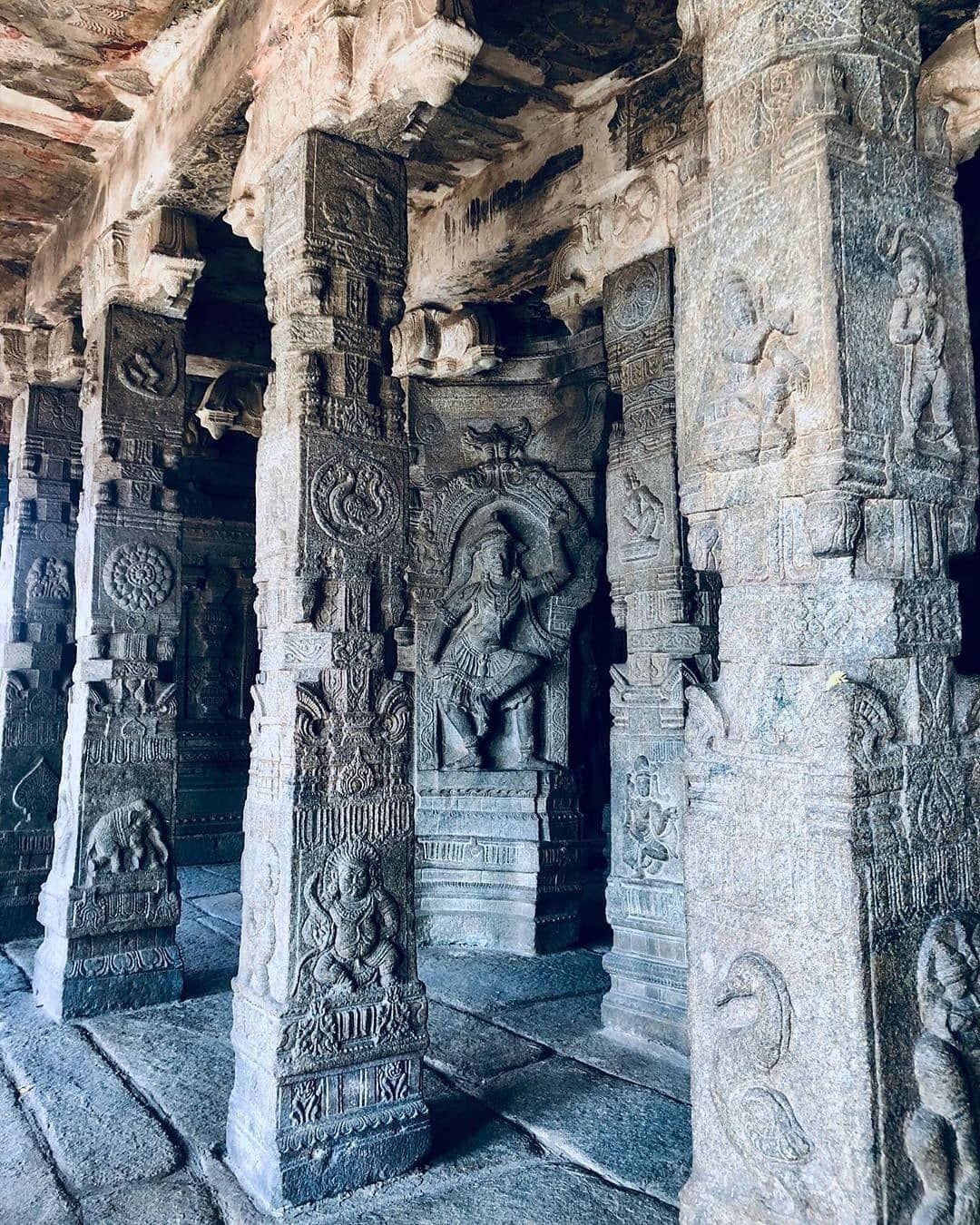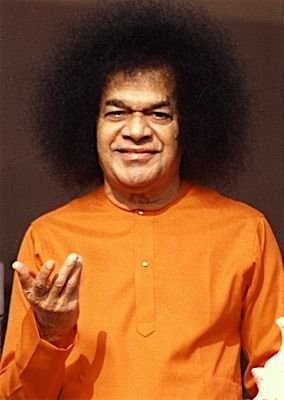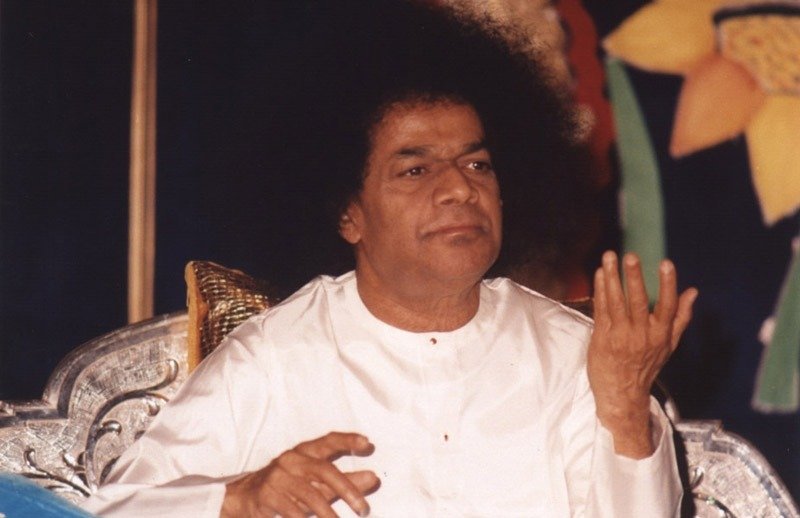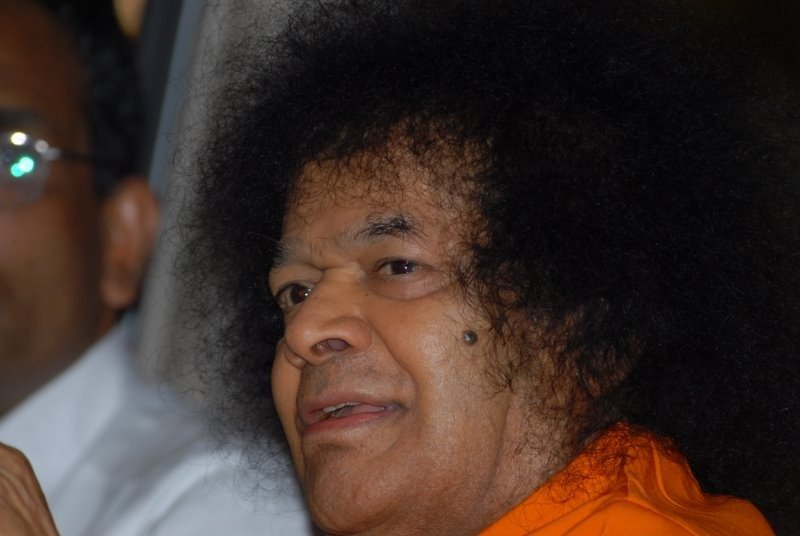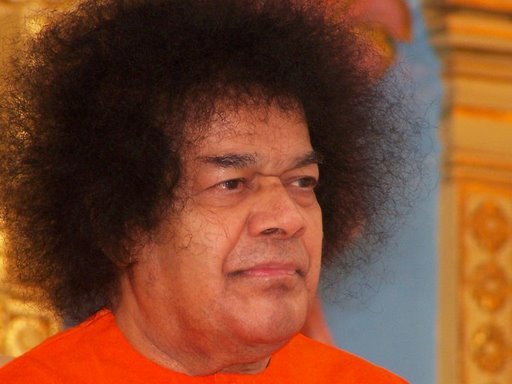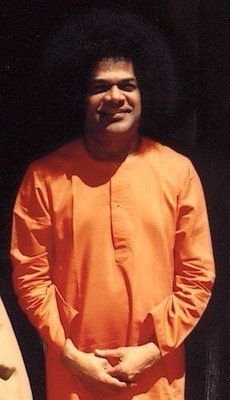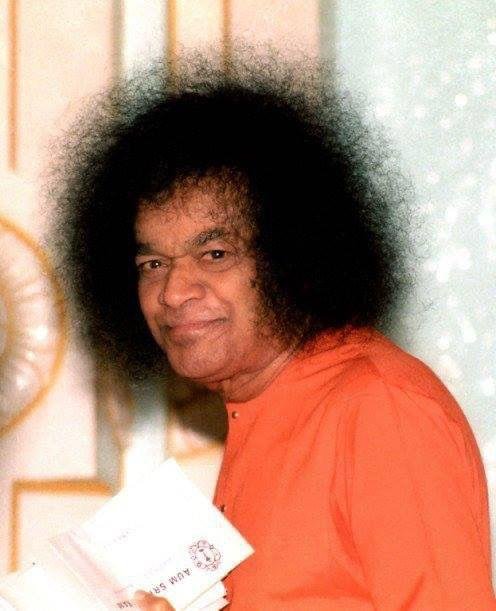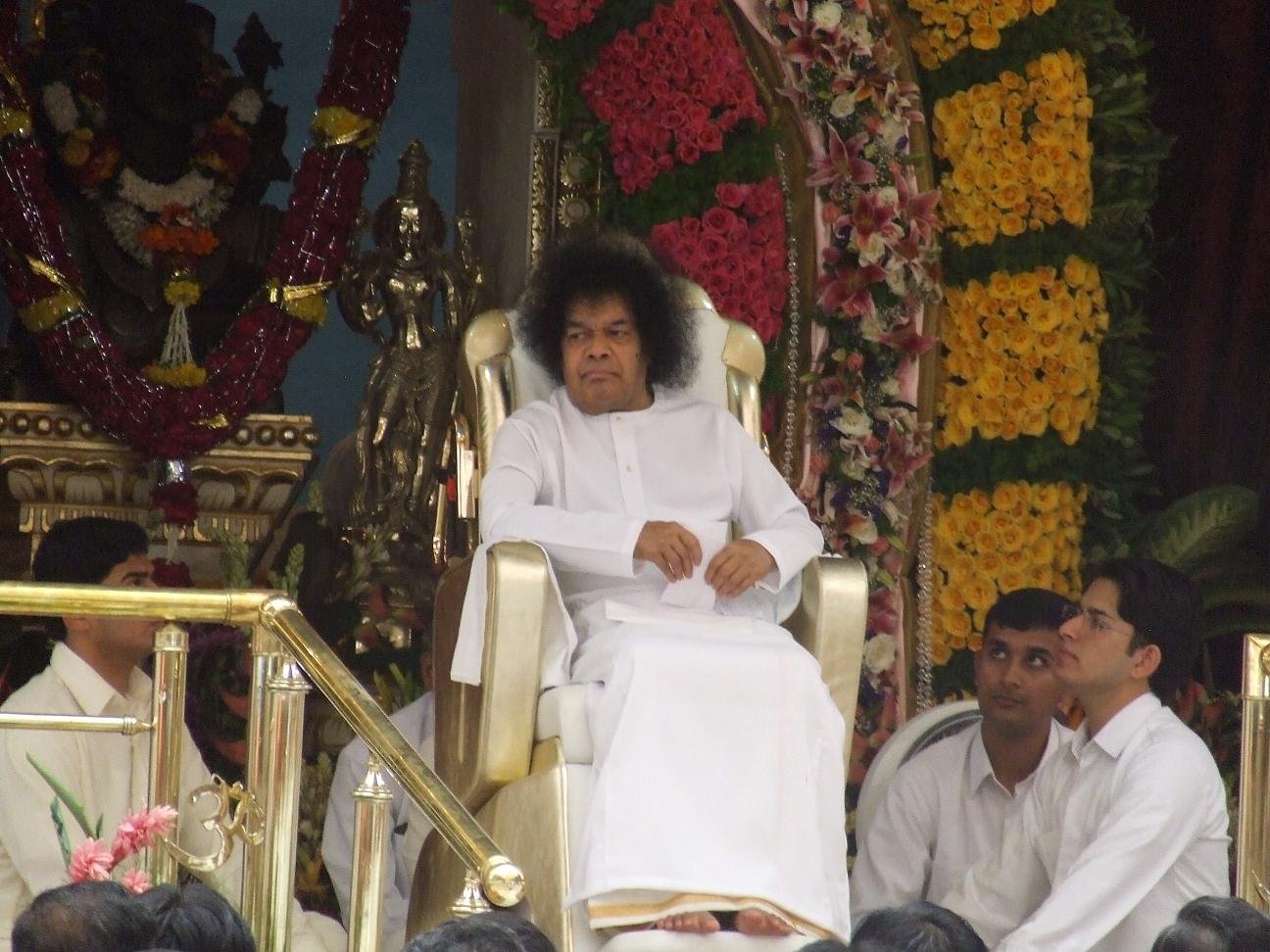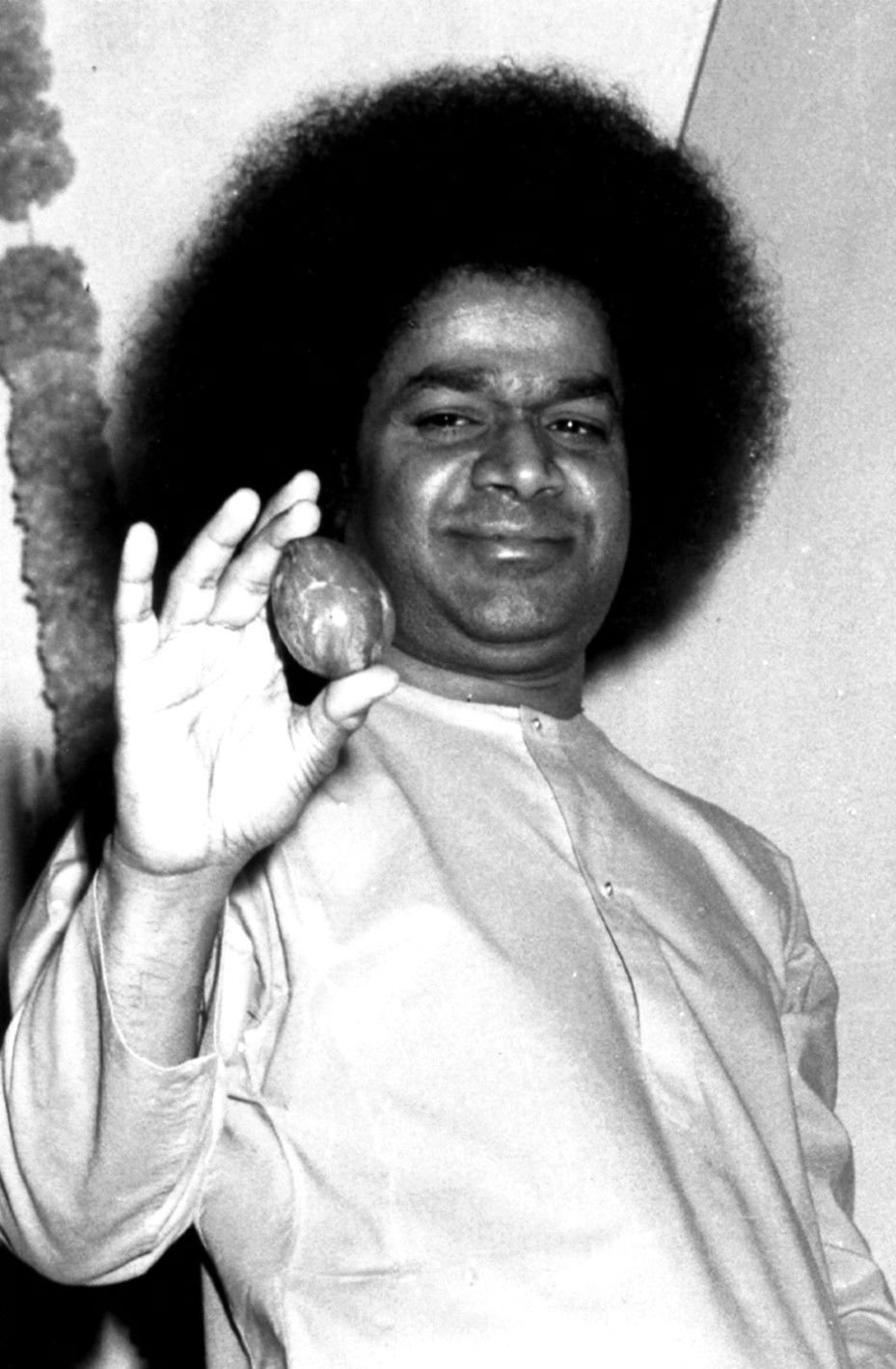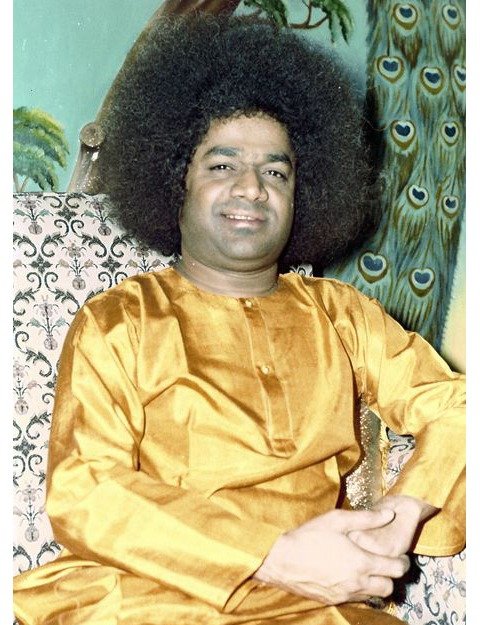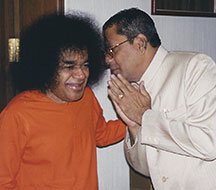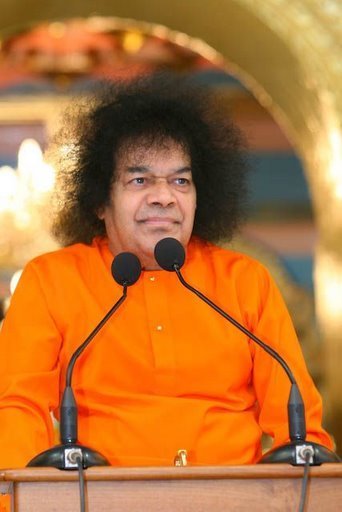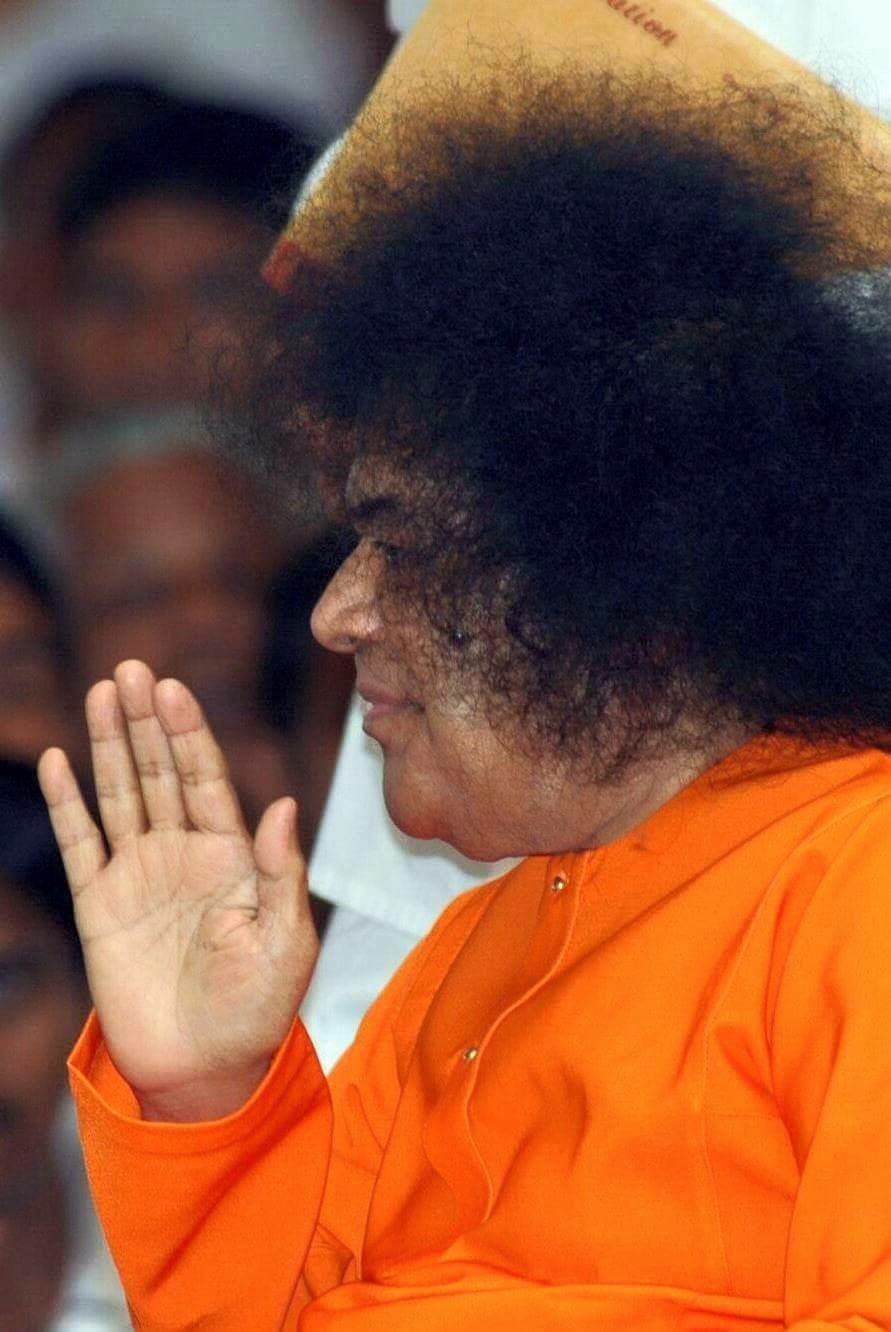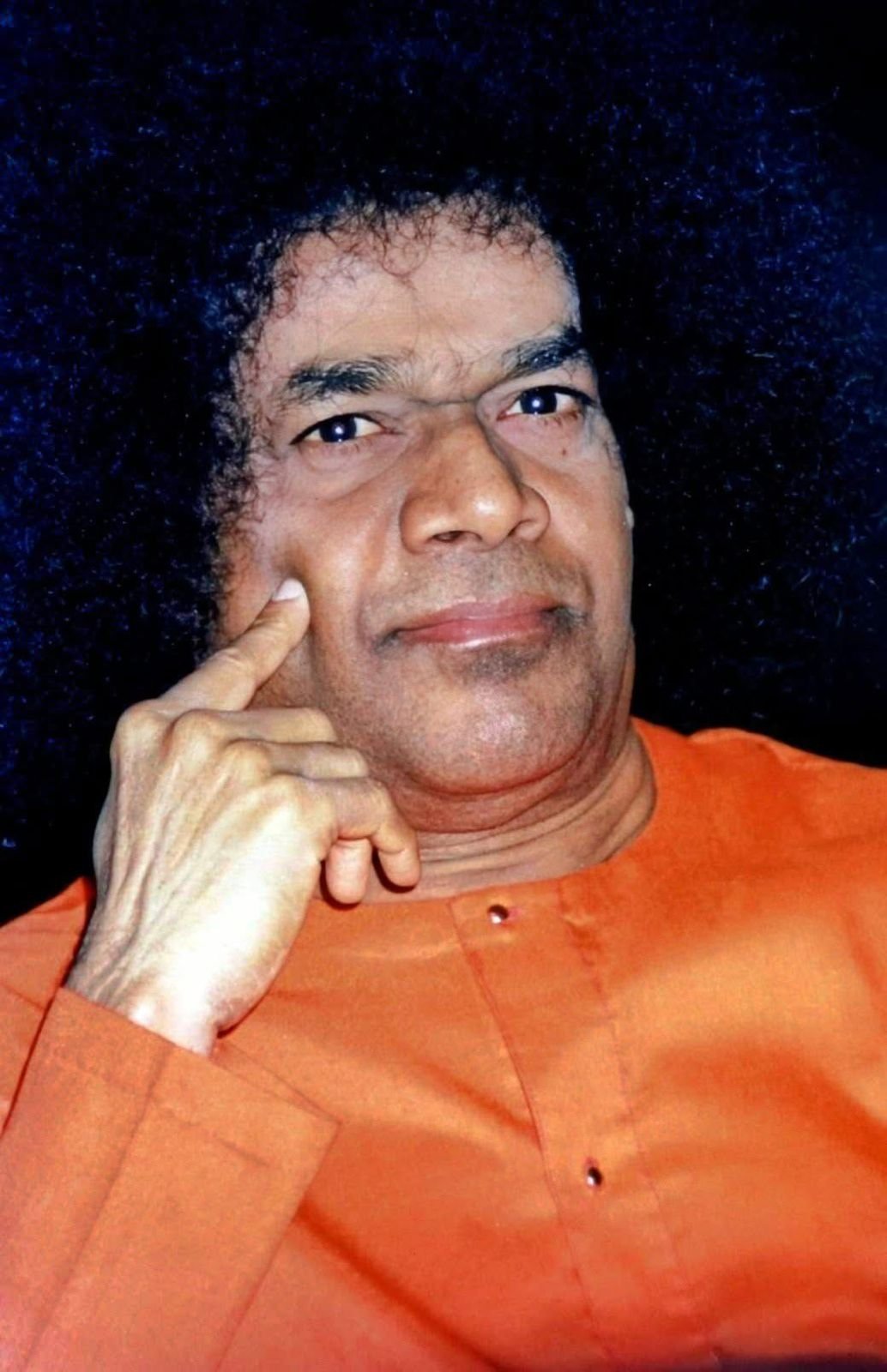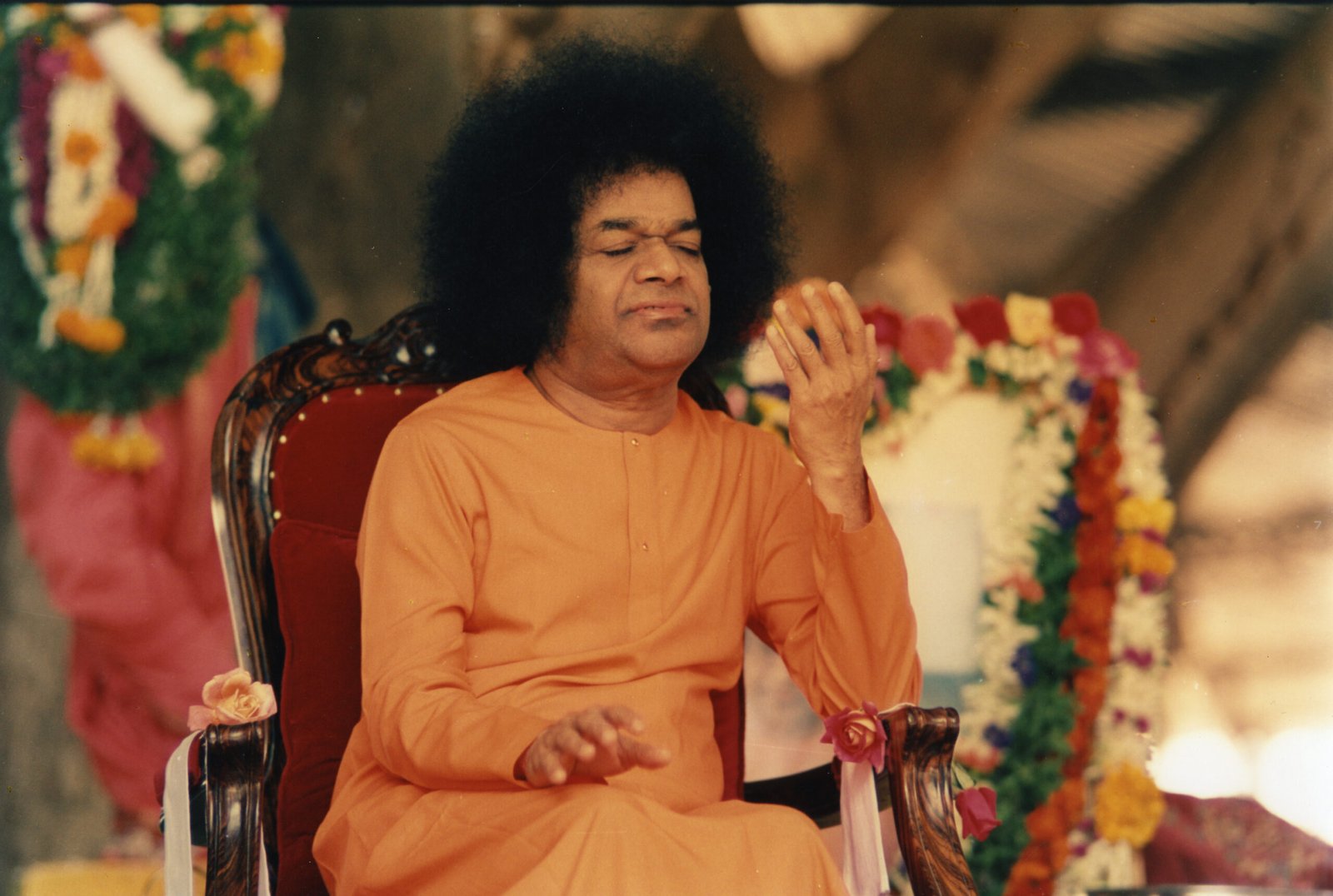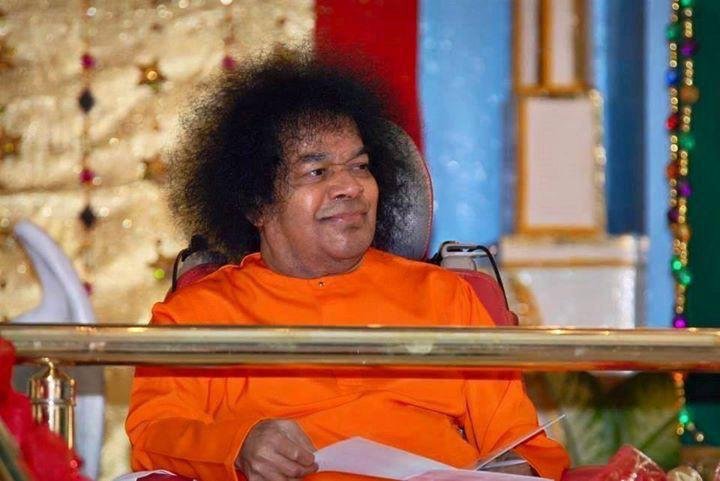Volume Three (1963)
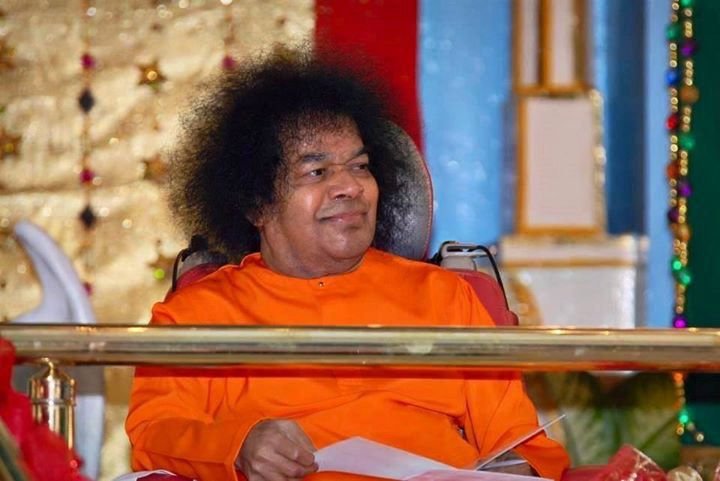
Sathya Sai Speaks, Volume Three (1963–1964) captures a very significant phase of Bhagawan Sri Sathya Sai Baba’s mission. During these years, His discourses carried deeper insights into spiritual truths while also offering practical guidance for daily living. A major highlight of this volume is the famous 1963 Guru Purnima discourse, where Baba revealed His identity as both Shiva and Shakti incarnated together, declaring that He embodies the essence of the divine cosmic principle. This revelation gave devotees a profound understanding of His mission and the cosmic role He had undertaken for the upliftment of mankind.
Throughout this volume, Baba emphasized the eternal values of Sanathana Dharma—Truth, Righteousness, Peace, Love, and Non-violence. He urged devotees to rise above body-consciousness and realize the divinity of the Self (Atma). He explained that while worldly life is necessary, it must be guided by dharma and tempered with devotion. He often drew upon stories from the Bhagavata Purana, Ramayana, and Mahabharata to teach about surrender, faith, and the victory of good over evil. His discourses remind listeners that devotion is not ritual alone but constant awareness of God in thought, word, and deed.
Another strong theme of this volume is the power of faith and surrender. Baba explained that when a devotee truly surrenders to God, fears and anxieties vanish because the Divine takes responsibility for one’s life. He reassured devotees that God is always present, watching, and protecting, but one must cultivate purity of heart and unwavering trust. He also gave practical advice on spiritual practices—chanting the Divine Name, meditation, service, and righteous conduct—as the path to self-realization.
This period also saw Swami strengthening the ideal of selfless service (seva) as the highest form of worship. He reminded everyone that service should be done without pride or expectation, with the awareness that serving others is serving God. Education with values, discipline in life, and harmony between religions were again highlighted as essential for building a world of peace and love.
In essence, Sathya Sai Speaks – Volume Three is not only remembered for Baba’s historic self-revelation as Shiva-Shakti but also for its profound spiritual instructions. It is a treasure of wisdom that guides seekers to rise beyond mere religious identity and realize the oneness of all creation, living a life of devotion, dharma, and service.
A major highlight of this volume is the Guru Purnima discourse of 1963, where Swami declared that He is the embodiment of both Shiva and Shakti. He explained that He had come as the combined form to restore balance in the world and to guide humanity towards righteousness. This was the first time He explicitly revealed His divine nature in such a clear way, giving devotees a deeper understanding of who He was and why He had come. For many, this was a turning point, confirming their faith and devotion.
Beyond this profound revelation, the discourses in Volume Three are filled with timeless teachings on the purpose of life, the nature of the soul, and the means to liberation. Swami explained that man often wastes his human birth by being caught in worldly attachments, forgetting the inner divinity. He urged people to practice atma vichara (self-inquiry) to realize the truth that they are not the body or mind but the eternal Self. He also emphasized that rituals and external practices are useful only when they purify the heart and lead to God-consciousness.
Another striking theme is faith and surrender. Swami repeatedly told devotees that true strength lies not in wealth, status, or power, but in faith in God. When one surrenders completely, Divine grace flows naturally, removing obstacles and bringing peace. He also warned against doubt and spiritual laziness, which can weaken devotion.
The discourses also highlight seva (selfless service) as an indispensable part of spiritual life. Swami taught that service should be done with humility and without expectation of recognition. By serving others, one learns to overcome ego and see divinity in all beings. In these years, Baba began inspiring groups of devotees to take up service activities, planting the seeds for the large-scale Seva Dal and social service movements that would later spread worldwide.
Swami also stressed the role of education in human transformation. He declared that education without values is useless, and that true education must produce individuals of character, compassion, and self-control. This vision eventually led to the founding of His educational institutions, but its roots can already be seen in these early talks.
He also often spoke of the unity of religions, explaining that all paths—whether Christian, Muslim, Hindu, or Buddhist—lead to the same God. He reminded listeners not to get lost in differences of name, form, or ritual, but to seek the essence of love, which is the core of every faith.
In summary, Sathya Sai Speaks – Volume Three is remembered for its historic revelation of Swami as Shiva-Shakti, as well as its clear, practical, and universal guidance on how to live a divine life. It emphasizes faith, surrender, service, self-inquiry, and unity as the cornerstones of spiritual progress. This volume stands as a guiding light for those seeking both inner realization and outer transformation through love and service.




